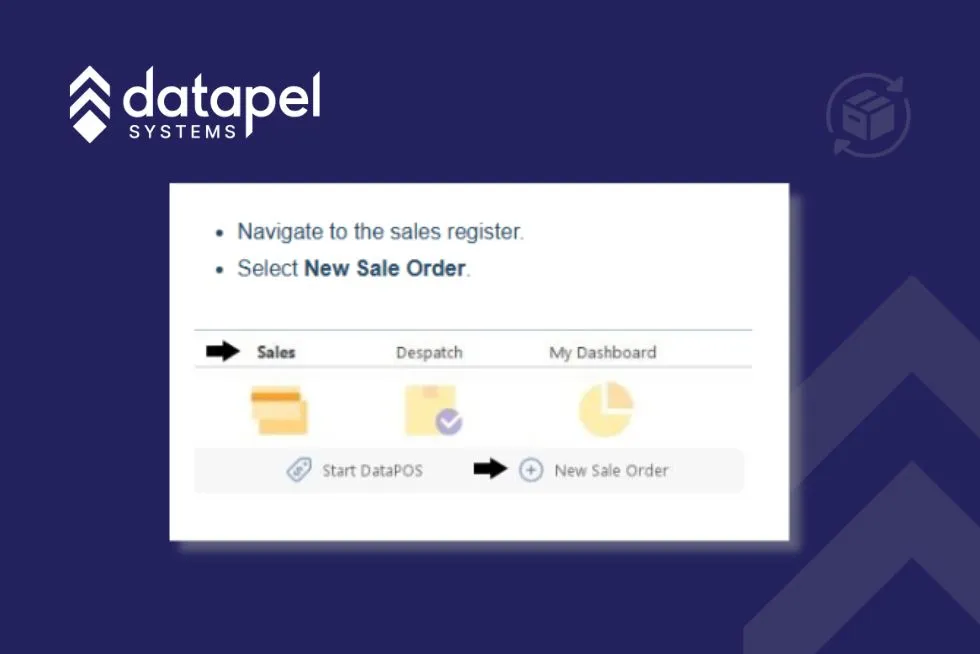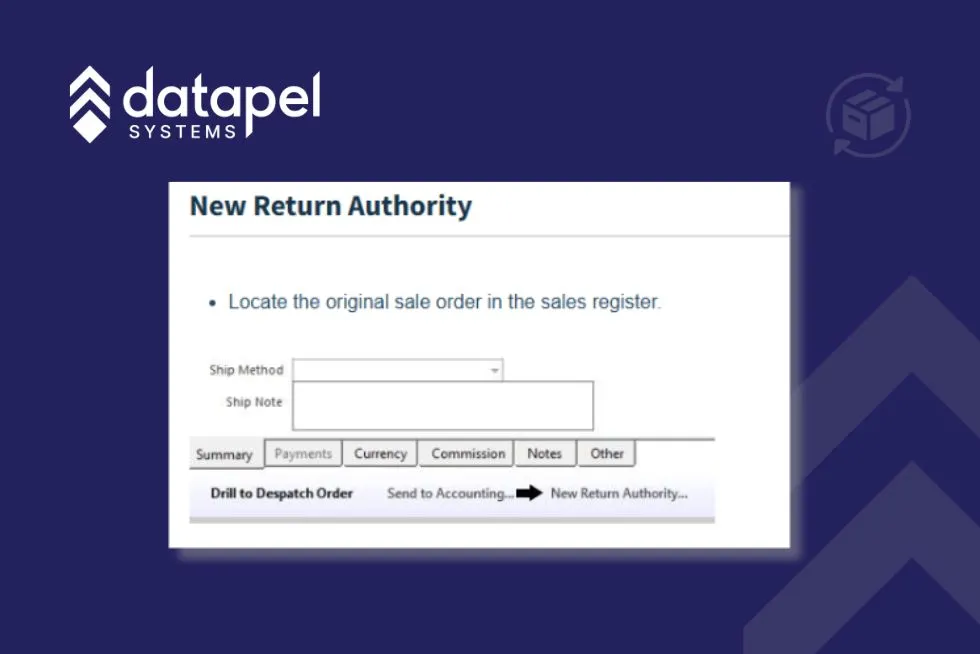How to Stop Returns from Draining Your Warehouse Margins
Contents
Returns: they show up unannounced, unlabelled and unwelcome. Your team is flat out packing orders, and suddenly, a box lands back on the dock. No explanation, no warning.
Is it damaged? Unsellable? Can it go back on the shelf?
Every minute spent figuring that out is margin lost. Especially for smaller teams, handling returns without a clear system drains time, accuracy, and profitability.
But there is a better way. With simple workflows and the right tools, you can stop returns from being a cost centre and start learning from them instead.
Returns: The Hidden Margin Sapper
Returns often sit in the background—unscanned, undocumented, and untracked. Without a consistent workflow, it’s hard to know what’s coming back, why, and what it’s costing you.
Sound familiar? You’re not alone. We often see teams juggling returns off the side of their desks, which leads to:
- Stock inaccuracies
- Wasted time verifying and restocking
- Lost opportunities to learn from repeat issues
But with Datapel Cloud WMS, you can take control. You’ll not only simplify the process but start turning returns into something useful.
Three Ways to Handle Returns in Datapel
Not all returns should be treated the same. Sonia, our Datapel Product Specialist, shares her insight into how teams are managing returns more effectively using Datapel, whether it’s checking item quality, processing fast returns, or linking back to the original sale.
With flexible workflows built into the system, you can handle returns in a way that protects your margin and keeps your warehouse moving.
1. Blind Return – For Quality-Controlled Restocks

If you need to check what’s coming back before it re-enters stock, use a Blind Return.
Start with a blank sales entry and enter the return manually. This gives you full control to:
- Scan, inspect and verify items before accepting them
- Record the return in your system for traceability
- Route the stock into a quarantine bin or flag it so it’s held from future sales
“You can actually put returned stock into a quarantine bin and apply stock flags so it can’t be used until it’s checked. It’s still part of your inventory, just held from being picked.”
— Sonia, Datapel
This is ideal when stock quality can’t be assumed—like warranty items or damaged goods—and gives your team the structure to stay on top of returns without guessing.
2. Exchange – For Untracked or Fast Returns

Need to get an item straight back into stock? If you’re dealing with untracked inventory or low-risk returns (e.g. unopened items from trusted customers), you can enable negative sales via system settings.
This method lets you:
- Process the return quickly without raising a separate Goods Inward
- Have the item reappear in your default bin or batch automatically
- Avoid manual inspection if it’s not needed
It’s fast, simple, and works well when returns don’t require detailed checks.
“If you restrict your teams to returning items from the original sale, you can be alerted to duplicate returns. It’s a good way to stop things slipping through twice.”
— Sonia, Datapel
3. Return Authority – For Full Visibility and Control

Want to link the return back to the original sale? Use the Return Authority method.
“You can generate a return authority form to send to the customer. It keeps returns structured—and helps link everything back to the transaction.”
— Sonia, Datapel
With this approach:
- The return is created from the original sale record
- You can send the customer a return form to include with the goods
- Your team gets visibility into the reason for return and any notes (e.g. “damaged in transit”)
- You avoid duplicate returns by limiting returns to items that were actually sold
“If you restrict your teams to returning items from the original sale, you can be alerted to duplicate returns. It’s a good way to stop things slipping through twice.”
— Sonia, Datapel
It’s a more controlled workflow, and it gives you a clearer view of return patterns and accountability.
Read the full guide on Return Authority Workflows
Each method gives you control over how returns are handled, but capturing the why behind the return is just as important as the how.
Make Every Return Count: Add Context
Returns don’t just happen. They happen for a reason. But unless you’re capturing that reason, you’re missing the chance to fix what’s behind it.
With Datapel, you can tag returns using fields like:
- SaleNote
- ShipNote
- User Defined Fields (UDF1–UDF3)
This small step offers a lot of insight. You might start seeing patterns, like a particular SKU that gets returned more often, or feedback about unclear product descriptions.
Turn Data Into Action: Monthly Reporting
You don’t need a fancy dashboard to get value from return data. A quick Excel export every month or so can work wonders.
Pull your return logs and sort them by reason. What stands out?
- A product with multiple damaged returns?
- A handful of customers returning the same thing?
- Items that always come back from the same courier route?
You can use this info to tweak product listings, update packaging instructions or even chat with your courier.
Don’t Forget Return Costs
There’s more to returns than just stock coming back. What about the cost of freight? The time it takes to process? A credit or rebate issued?
Datapel helps you log it all properly:
- Use SurchargeAmount/SKU for extra fees
- Use DiscountAmount/SKU for refunds or credits
These details show up as separate lines on your return order. So, no more guessing what a return is really costing you.
Pro Tip for Small Teams
Start small. Use a single UDF field to track return reasons. You don’t need dozens of codes—just a few useful ones to begin with.
Even basic tags like “damaged”, “wrong item”, or “changed mind” can help you spot trends. Over time, this kind of data can show you where things are going wrong, before they start hurting your margin.
Final Thought: Returns Can Be a Competitive Advantage
Returns aren’t going away. But handled well, they don’t have to hurt. In fact, they can help you:
- Improve product accuracy
- Spot quality issues early
- Build trust with buyers
Datapel helps you turn returns from a burden into a source of truth.
If you need help setting up or improving your return workflows, reach out to our support team—we’re always ready to help.

As a WMS Industry Analyst & Content Lead I write about warehouse management systems from real experience—helping businesses streamline operations, reduce errors, and scale smarter.
Over the past 8 years, I’ve worked closely with warehouse teams, tech developers, and business owners to break down complex supply chain problems into actionable solutions. My goal? Make WMS content useful, not just informative.
When I’m not writing, I’m digging into user feedback, testing new tools, or speaking with industry experts to stay ahead of what matters most to warehouse operators.







